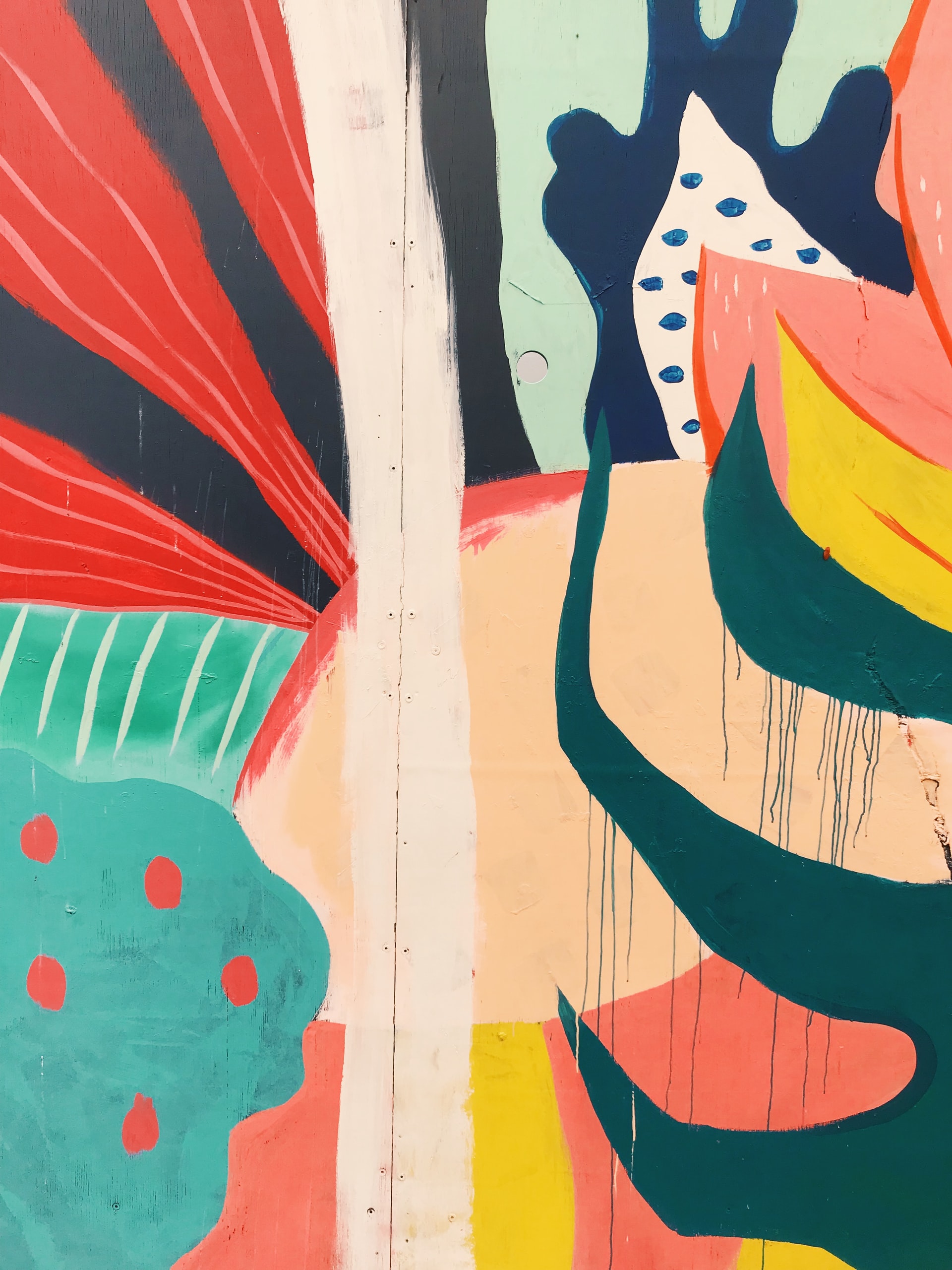
The Rise of One Piece’s Skull Symbol in Indonesian Activism
In Indonesia, the skull logo from the popular anime One Piece has transcended its fictional roots to become a symbol of protest and defiance. This article delves into how this innocuous cartoon image has taken on a powerful socio-political role, resonating with the country’s youths in their struggle for change and justice.
The Origins of the One Piece Skull
The skull logo from One Piece is part of the Straw Hat Pirates’ emblem, symbolizing freedom and adventure. Created by Eiichiro Oda, the anime and manga series has captivated audiences globally with its tales of pirate exploits.
Cultural Adoption in Indonesia
Indonesia’s adoption of the One Piece skull as a symbol of resistance demonstrates the power of cultural globalization. Young activists see parallels between their own struggles and the anime’s themes of challenge and leadership.
The Emergence as an Activist Icon
This emblem has appeared in protests and social movements across Indonesia, emblematic of the younger generation’s call for justice and reform. It epitomizes a shared sentiment of rebellious spirit against oppressive forces.
Impact on Youth and Popular Culture
The One Piece skull’s influence extends beyond rallies and placards; it has permeated fashion and online communities, sparking discussions on the intersection of anime culture and political expression in modern-day Indonesia.
Conclusion
The transformation of One Piece’s skull emblem into a protest icon in Indonesia highlights the profound influence of popular culture in activism. This cross-cultural adoption signifies a shared language of resistance, illustrating how fictional symbols can gain new meanings and inspire real-world change. As a result, the skull continues to serve as a universal emblem of defiance.





